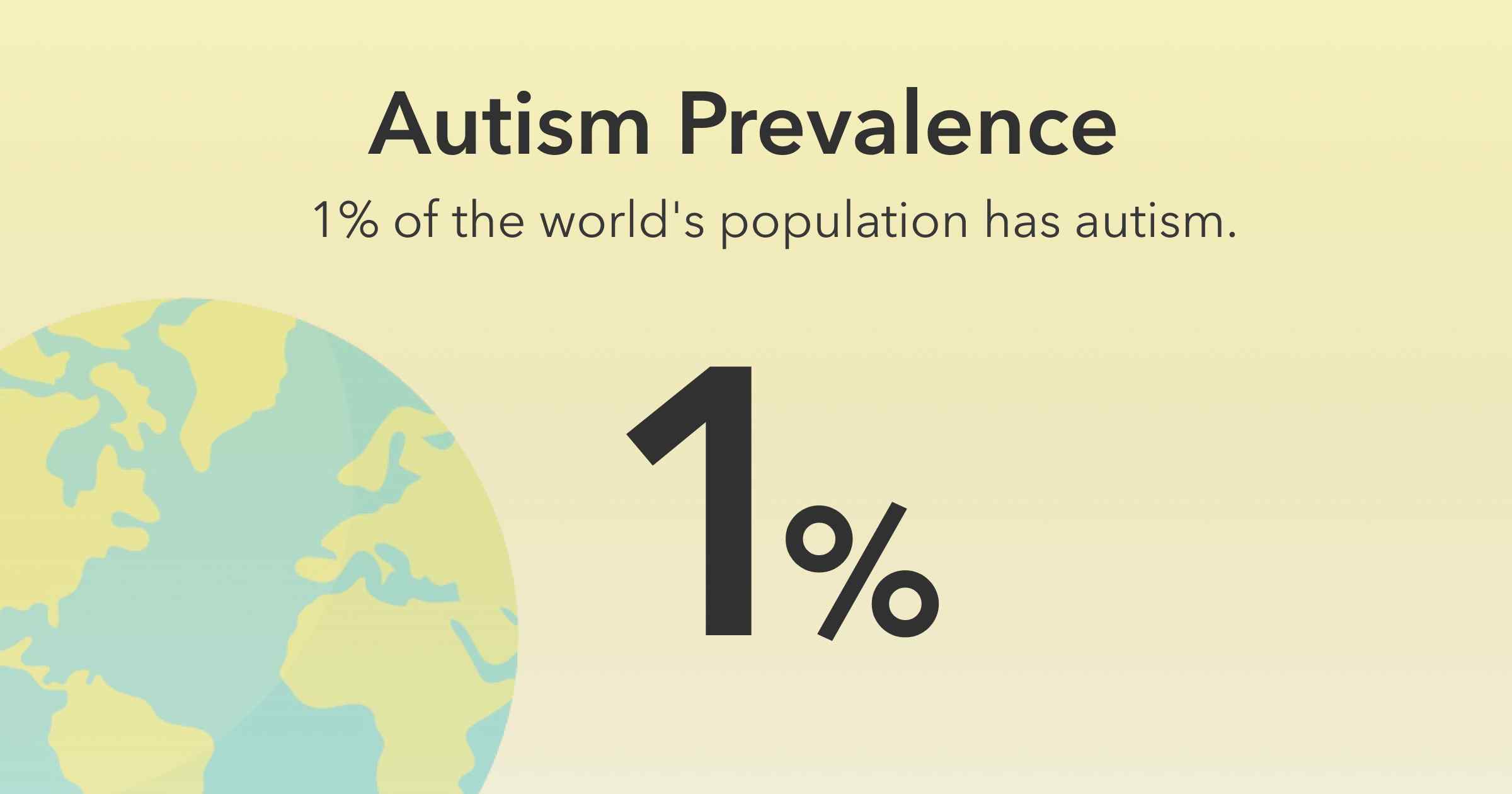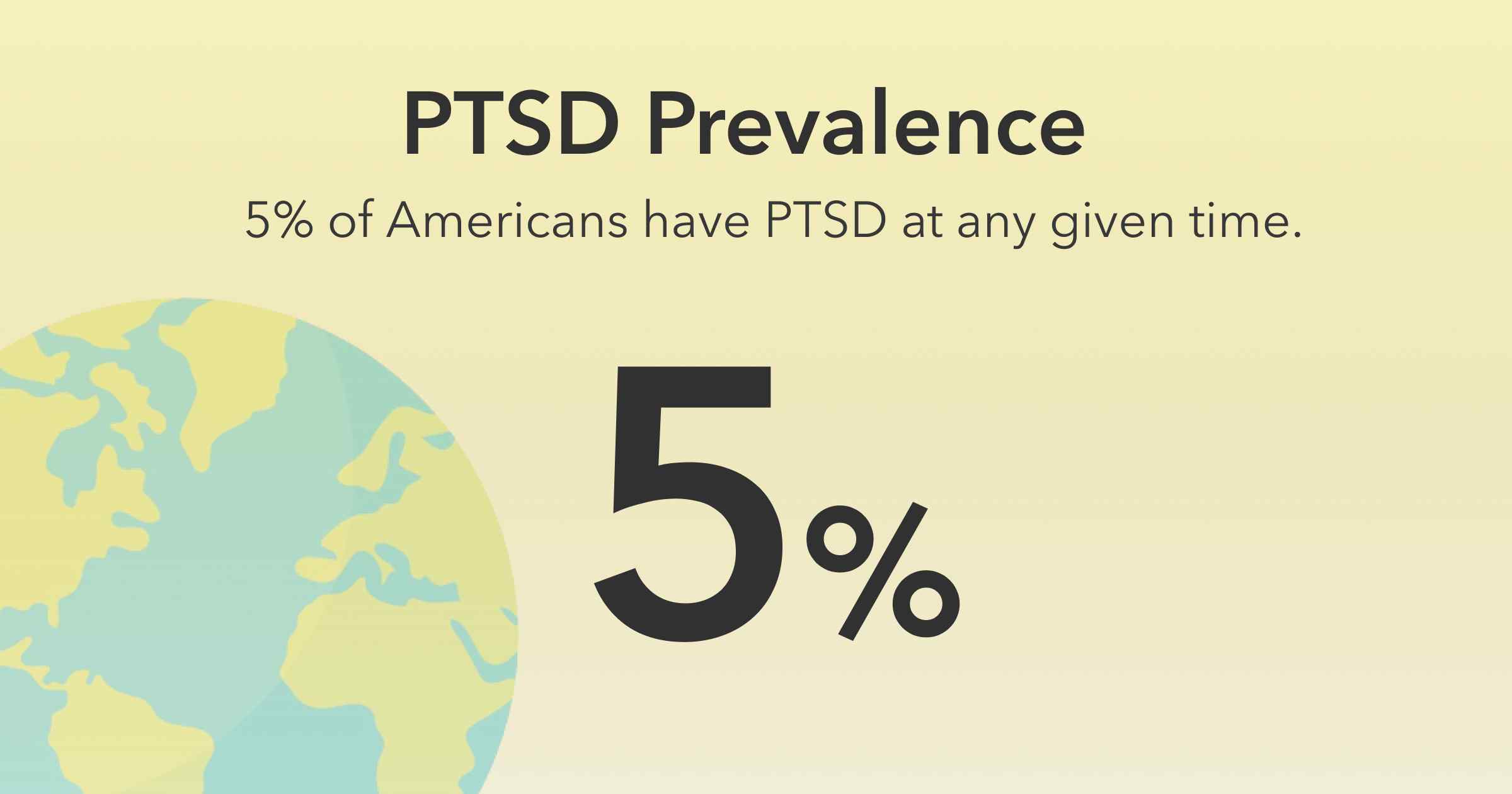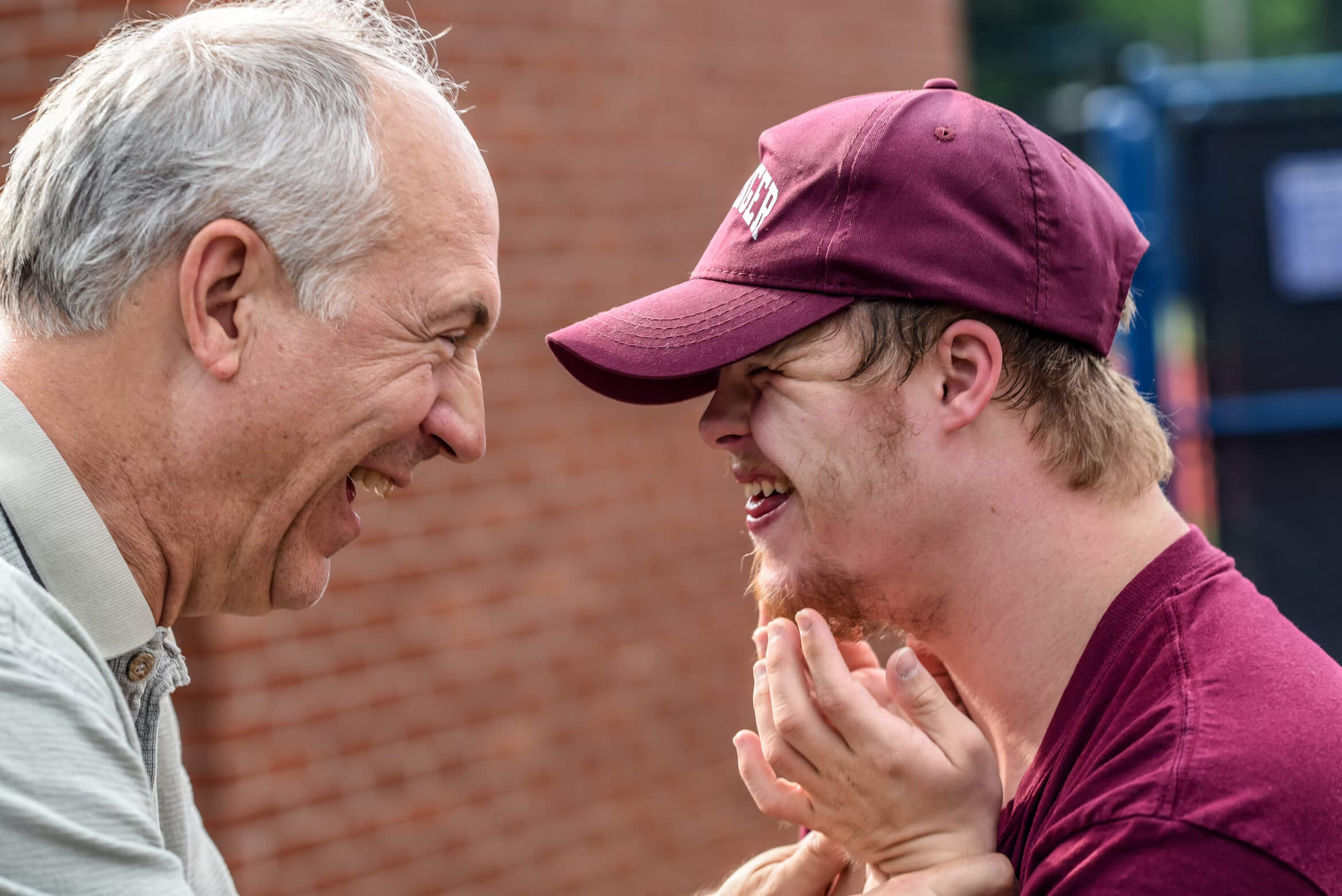Is ABA Therapy Only For Autism? Myths About ABA
ABA therapy doesn't only help kids with autism, it's also effective for adults and elderly individuals who suffer from similar disorders.

Is ABA Therapy Only for Kids With Autism?
ABA therapy is usually prescribed for autistic children who use it for disorders that are sometimes associated with autism.
But it doesn't only help kids with autism, it's also effective for adults and elderly individuals who suffer from similar disorders to take part in ABA therapy.
Every aspect of ABA therapy is proven to increase positive behaviors and reduce negative ones that don't obstruct people's ability to live an ordinary life.
Today, ABA's influence can even be seen in the fields of zoology and how animals are trained.
Applied behavior analysis works best for people with autism but has been proven by clinicians to be an effective way to reduce complications from disorders. These include many physical, psychological, and debilitating illnesses.
What Else Can ABA Be Used For?
- Autism spectrum disorder
- Attention-deficit/hyperactivity disorder
- Obsessive-compulsive disorder
- Oppositional defiant disorder
- Post-traumatic stress disorder
- Panic disorder
- Traumatic brain injury sufferers
Autism Spectrum Disorder
ABA ties closely with Autism Spectrum Disorder. The therapy is undertaken by patients suffering from mild, moderate, and severe autism. No matter the severity of the cases, ABA provides great and lasting results.

The most noticeable is patients' ability to socialize better with people. They show less aggression and irritability, and a decrease in unwanted behavior which at one time was monotonous.
Remember, ABA zeroes in on a child's social abilities. With comfort in talking comes better skill for the autistic to get their point across to clinicians, parents, friends, and teachers.
Read More: Autism Statistics
Attention-Deficit/Hyperactivity Disorder
Therapists that work primarily with the autistic can help to treat cases of ADHD. One of the most common symptoms is frequently getting sidetracked and impulse-driven reactions.
Clinicians work to lower these issues through a reward-based method of learning.

For small children, the strategy could be a simple gift provided for exhibiting conduct that's conducive to great social awareness of what's right and wrong.
The rewards can be small for ordinary tasks and larger as their behavior improves with each passing day or week.
Therapists working with ADHD children can put them in the right direction to make additional care outside of their ABA much easier.
Read More: ADHD Statistics
Obsessive Compulsive Disorder
OCD patients are often directed to ABA courses by doctors. Since behavior analysis deals with treating people suffering from psychological disabilities, kids with OCD can learn to better manage their symptoms.
Common OCD symptoms are unpleasant thoughts that are difficult to ignore. Someone with the disorder may feel a compulsive need to keep particular thoughts racing until they're able to act on them.

This shouldn't be confused with ordinary thoughts that are negative, a characteristic among many people without psychological disorders.
ABA therapists are capable of lowering bad thoughts and feelings to the point where additional treatment is much simpler for the patient.
Read More: OCD Statistics
Oppositional Defiant Disorder
Treatment for ODD in kids is sometimes closely tied with anger management.
The disorder is characterized by patients exhibiting spells of intense irritation, anger, and an attitude seeking vengeance and longing to argue.
Kids with this disorder often have short tempers and may become agitated with people nearby very easily.
This can turn into them rationalizing their behavior in ways that are meant to easily annoy others.
It's a deliberate attempt to create an uncomfortable setting with anyone when they feel the same way.
Some of these symptoms are found among the autistic. Therefore, ABA treatment is a probable solution to the treatment of ODD.
Post-Traumatic Stress Disorder
PTSD is unique in that the disorder can happen to anyone, including people that previously were never diagnosed with the other disorders mentioned.
It develops when someone witnesses or is involved in a traumatic incident such as physical and mental abuse, war, or even inclement weather events.
It's found in both children, teens, and adults. Night terrors and panic attacks are common in people with PTSD.

Although more than ABA therapy is needed to treat most with PTSD, it's shown to be useful in mitigating thoughts by confronting them through acknowledging that they exist. After that, therapists will work to help lower unfavorable inhibitions.
Read More: PTSD Statistics
Panic Disorder
It isn't uncommon to see patients with panic disorders visit behavioral clinicians. It differs from other disorders in which anxiety and panic attacks are common.
For a panic disorder alone, there is no fundamental base where it develops.
However, symptoms can be extremely severe and frightening for patients. It may reach a point where there's trouble breathing.
Abdominal aches and an intense heartbeat may occur, including tightness in the chest.
At an ABA clinic, panic disorder symptoms are reduced by allowing the affected to engage in interests and hobbies that keep them calm and relaxed.
Traumatic Brain Injury
A traumatic brain injury happens when a child suffers a hit to the head.
Depending on the severity of the hit, it may leave lasting damage and result in behavioral changes, even reducing their cognitive abilities.
Emotional distress over the injury is common and could lead to later PTSD.
Brain injuries can make it hard for children to move normally while walking, sitting still, or standing in place. Tasks that were once easy become difficult to do.
Furthermore, aggressive moods and trouble getting out of bed may occur.
Since behavior analysis focuses on treating children to help them become more sociable, a child with TBI can make outstanding gains in their ability to relearn and interact with teachers and peers.
7 Myths About Applied Behavior Analysis
Here you'll find 7 of the most common myths about ABA therapy.
Myth: ABA therapy is only for children with autism
False. ABA therapy allows people with and without autism to improve the behaviors they exhibit from complications brought about by multiple disorders.
This allows both minors and older people to become familiar with expressing behavior, either by providing them rewards, praise, or a simple acknowledgment.

Children that may have lost abilities that they once possessed can relearn them through therapists specializing in getting the people they work with to listen and engage.
As the treatment progresses, courses become more challenging, though in a way that stimulates a child's willingness to learn.
Myth: ABA therapy is not a scientifically proven treatment for autism spectrum disorder
False. Applied behavior analysis has been backed by numerous peer-reviewed studies which reinforce it as a reliable way to treat people of all ages that are on the spectrum.
One particular study examined some of the primary techniques involved in ABA, such as the Empowering the Spectrum of Behaviors program.
During the review, it was learned that ABA by and large had significant backing, more so than other treatments for autism.
Additionally, ABA is officially recommended for treating autism by the Health Department and Surgeon General at the federal level.
Myth: ABA therapy is not based on real human experience
False. Since positive reinforcement is a technique used by ABA clinicians, the therapy is based on human experiences. The basis for ABA is to allow patients to acknowledge that every action has a reaction.

Therefore, benefits and drawbacks will occur. Many real-world examples exist with similar occurrences.
A university student, for instance, may leave certain courses during their semesters that don't tie into the major they're studying. Another is general employment.
No one works for free, so employers will likely quit their profession if management delays the distribution of payroll expenses. ABA works the same, using positive reinforcement for patients to understand the pros and cons of a decision.
Myth: Applied Behavior Analysis is a new treatment
False. Techniques and undertakings in treating people with disorders have been overhauled but the fundamentals of the therapy aren't new.
The phrasing of words and expressions used to define them have also changed, but not the basic principles.
Over 100 years ago, John B. Watson marketed his studies regarding behavioral therapy in a lecture. Still, the creation of ABA therapy is credited to Ivar Lovaas.
During the mid-1900s, ABA was used to treat those with various social and learning disabilities. Later in the 70s, Ivar Lovaas began to treat autistic children.
He released a book outlining ABA therapy a decade after, which is still in use today.
Myth: ABA is nothing more than “drilling” exercises
False. The recommendations given to ABA therapy come from positive results shown in individual courses, like Discrete Trial Training.
This in itself could be described as a drilling exercise, though most children quickly progress to more challenging techniques which don't fit that description.
Myth: ABA trains a child to act without thinking
False. While it can be said that children are taught skills that show them how to make decisions quickly, ABA therapy is the same, using habit forming as a teaching tool in a positive way.
When someone reacts appropriately, they do so from having been taught what is and isn't good behavior.
Therapists are trained to take this approach to encourage the autistic and others to show care in their behavior, even when making choices based on impulse.
Myth: All ABA programs are the same
False. Every ABA program isn't the same, since the temperament of children, teens, and adults changes from person to person.
Some kids learn better and show behavioral improvements when a therapist works with them in a home or school setting.
Behavioral characteristics fluctuate, so what allows one to move through courses quickly may not do anything for someone else. This is why there are several approaches for getting kids to follow along.

Have Any Questions?
Whether you're curious about our services or need support, we're just a click away. Reach out or check our FAQs for quick answers.

